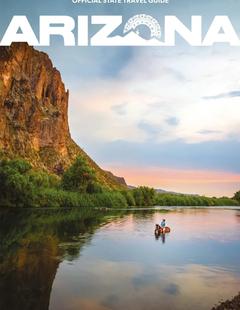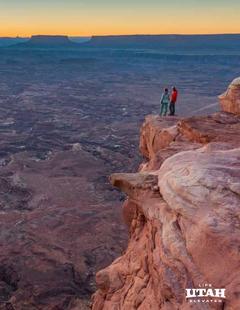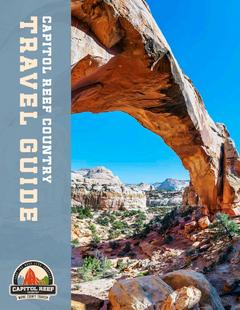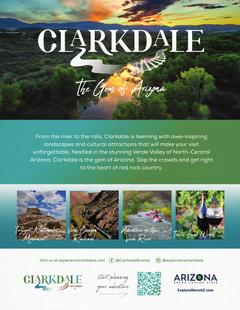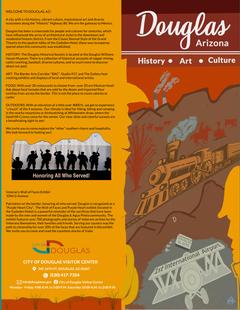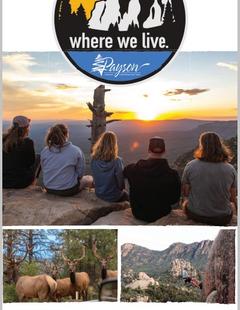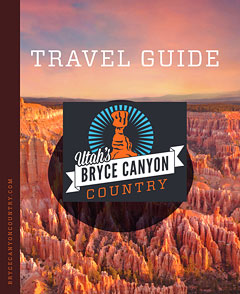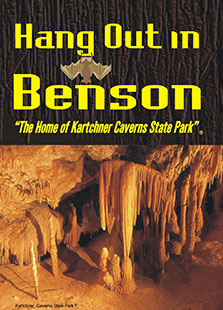Basics
- Location:
- 34 miles west of Glenwood Springs
- Setting:
- Mountainous
- Length:
- 2 mile roundtrip
- Time:
- 1 to 2 hours
- Elevation Change:
- 520 feet
Description
The beginning of the trail is marked with surveyors ribbon flagging. You need to climb over the highway right of way fence to get on the trail. From the highway, follow the flagged trail. The arch is approximately 1 mile from the highway. The trail climbs about 520 feet to the arch and trip takes one to two hours. The trail follows existing jeep trails part of the way, but is rough in a couple of places. Caution: There is private property west of the trail, and the residence is guarded by dogs. Please do not bother the residents and stay out of the private land.
The Arch is 60 feet high and 150 feed wide. It was created by wind and water erosion on the steeply inclined sandstone formations of the Grand Hogback. The forces that created the Great Hogback pushed a sandstone layer up to a steep pitch. Then, water ran through the fracture lines, creating fissures. Once the fissures were wide enough, the wind went to work on them, widening them more. Freezing and thawing also played a role.
The Rifle Arch is somewhat unique because it stands alone. Utah's famous arches are somewhat different because they were formed from stratification that was nearly horizontal. They were down cut vertically, and the erosion occurred on a vertical formation.
A visitor should allow one or two hours for the hike. Once there, the visitor will see not only the arch, but spectacular view of the Colorado River valley and the Battlements, and will also see deer and otter small wildlife.
You will need sturdy hiking shoes or boots, drinking water and sunscreen is recommended. Please pack your trash out and leave everything where it is.
Details
Location:
Setting:
Length:
Time:
Elevation Change:
Useful Map(s):
Map + Directions
Basic Directions
Take Highway 13 north of Rifle to mile post 7, where you'll find a wide spot on the east side of the road you can park.















